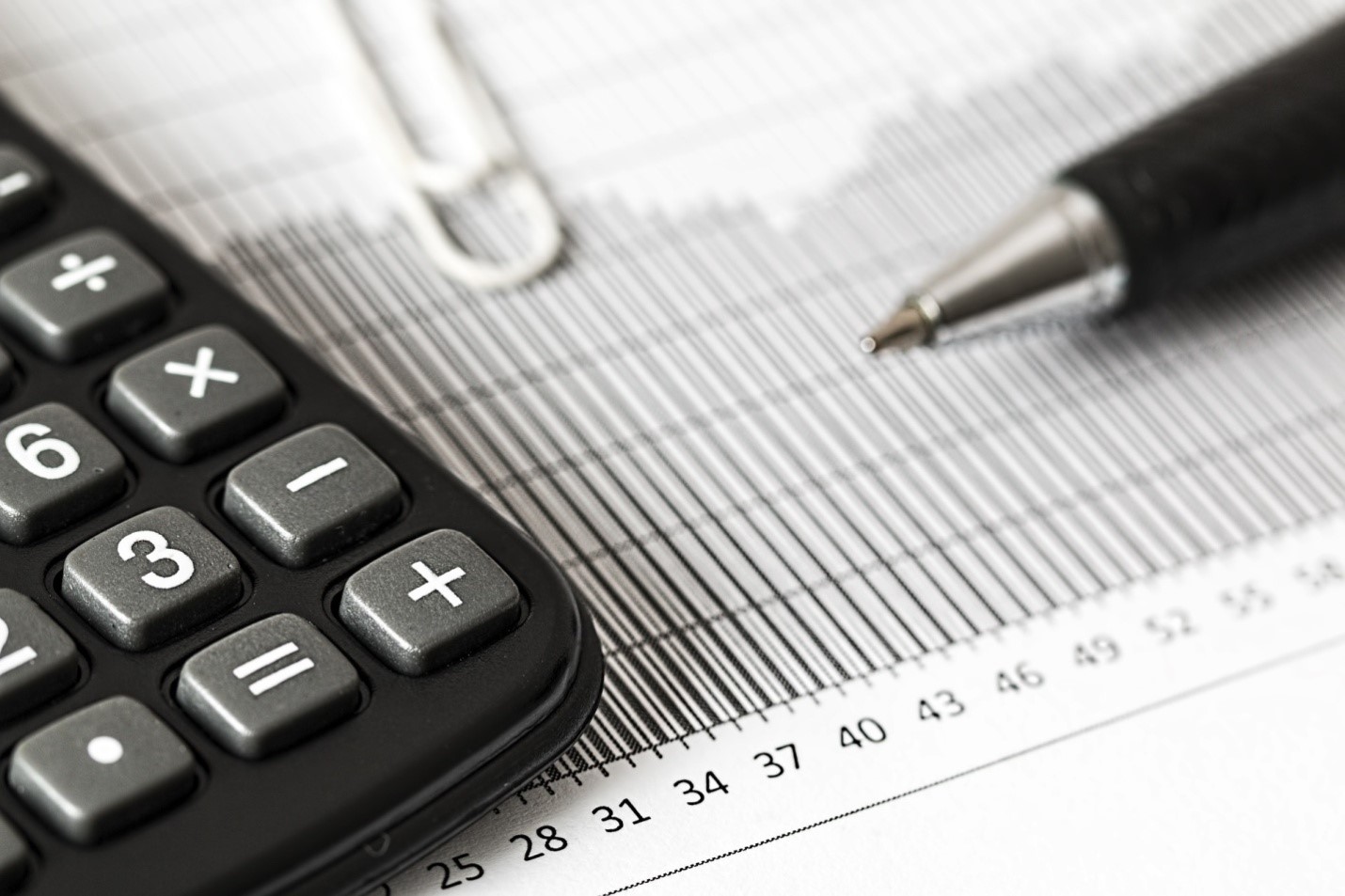When you are ready to invest in gold, you can make the move with your 401k. The advantages of gold investing through your 401k are obvious: you can deduct your contributions on your annual tax return. You can also purchase gold through a gold-backed IRA. However, you need to understand that there are fees involved, including IRS penalties.
Investing in gold through a 401k allows you to deduct 401k contributions from your annual tax return
When investing in gold, you have many options. You can buy physical gold coins, buy a gold mutual fund, or even invest in a gold futures ETF. Either way, the gold you buy will be taxed as ordinary income. The tax rate for physical gold investments is as high as 28%, much higher than the 15% long-term capital gain rate. You can also invest through a Roth IRA or brokerage account.
Investing in gold through a 401k allows for tax advantages. Click the link: https://www.irs.gov/retirement-plans/401k-plans for more information from the IRS about 401k plans.
If you invest in physical gold, you may be subject to a higher maximum collectibles tax rate. In addition, physical gold may require insurance and storage expenses. However, most gold investments can be made in an individual retirement account, which can increase after-tax returns. However, you should note that the trustee of an IRA may charge flat fees for administration and storage.
Investing in precious metals through a 401k can be a great way to diversify your retirement savings. You will be able to deduct the 401k contributions from your annual tax return if you choose to invest in precious metals through this method. Precious metalsare an excellent choice for investing in retirement savings because it has a long history of retaining its value. Moreover, it does not depreciate or lose its value, so it offers the perfect hedge against the volatility of the stock market.
You can choose to invest in precious metals through a 401k if you have a company-matching program. But make sure you make enough contributions to receive the full match from your company. If you do not take advantage of a company-matching program, you will be leaving money on the table. In addition, you should check your employee benefits handbook to see if your employer offers such a program.
You can buy gold through a gold-backed IRA
Investing in Au is a great way to safeguard your retirement funds. Not only is it safe from taxation, but it is backed by physical Au. Click here for the history of Au prices for reference. If you want to purchase Au, moving your 401k to anAu-backed IRA is a simple process, and there are no penalty taxes involved.
In 1997, Congress added Au and silver to the list of tax-deductible investments. In 1998, Congress expanded that list to include platinum and palladium. In addition to Au, anAu-backed IRA is allowed to hold a mix of precious metals.
When choosing anAu-backed IRA, you should check the IRS’s requirements before making the transfer. Make sure the Au-backed IRA is registered with the IRS and has secure storage facilities. Alternatively, you can buy Au directly from a reputable broker.
When moving your 401k to Au, you should be aware of any fees that are associated with it. Some Au-backed IRA companies claim there are no fees, but in reality, they may charge account maintenance, storage, and insurance. The annual fees typically come from the account custodian, while insurance and storage fees are owed to the depository. In addition to these fees, you’ll also pay a markup for buying the Au.
The benefits of anAu-backed IRA are numerous. Using an Au-backed IRA is a great way to avoid taxation and penalties. While most Au-backed IRAs have higher fees, you can choose to buy Au outside of your IRA through an exchange-traded fund (ETF). Click the link: https://en.wikipedia.org/wiki/Exchange-traded_fund for more information about ETFs.
IRAs and 401(k plans are tax-deferred savings accounts. Because of this, you do not have to pay taxes on your investments or withdrawals. Therefore, the move to precious metals through an IRA is a great way to protect your retirement.
It will also protect you against a potential financial disaster or runaway inflation. Every day, the value of the dollar goes down, so why not invest in something that will hold its value in the long term?
Read customer reviews and testimonials online before making a decision. Some companies even offer benefits like BMOGAM Viewpoints and other perks. It is important to do your research before committing to any one financial institution.

There are fees involved in a rollover
It might seem like rolling your 401(k) account into an IRA will be free, but it is important to know that there are fees involved. These fees can include account administration and fund charges.
Before you make the decision to roll your account over, compare the fees to see if the extra money is worth it. If not, consider keeping your account in the same company or opening a new individual retirement account instead.
When you rollover, be sure to check whether the new plan offers the same investment choices as your old one. If it does, you can allocate your lump sum gradually to your new investments. Some 401(k) plans require a waiting period before you can move your assets.
Another fee you’ll encounter is when you liquidate your assets. This method requires you to transfer your money from the old account to an IRA or an exchange-traded fund. The latter option is often more convenient, but it also carries a high cost. You may also have to pay a sales load for the funds, which diverts money from your investable assets.
You should always consult with a financial advisor before attempting to rollover your 401(k) to an Individual Retirement Account. An advisor can explain the options and make decisions about your future financial security. Once you know what your options are, you can choose the best way to move your retirement savings to a new account.







